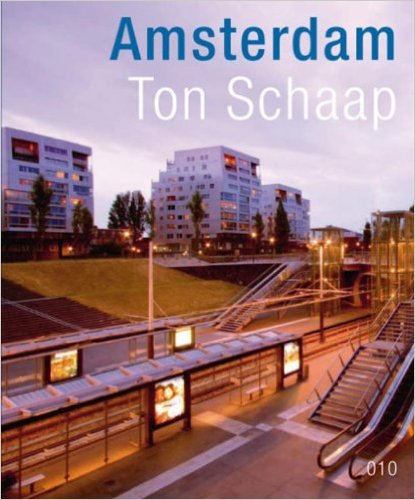Taking Amsterdam as a case study, this publication considers the question of authorship in town planning. Ton Schaap began to practise town planning in the mid-1980s, at a time when the discipline was in crisis. Urban regeneration had passed its peak and new issues were becoming evident on a citywide scale. In Amsterdam, the exodus from the city to new centers of urban growth such as Purmerend, Almere, Hoofddorp and Het Gooi was in full swing. Schaap’s aim was to reverse this trend. The model of the compact city once again became the focus of spatial planning. The increasing influence of the market on spatial planning also necessitated a reconsideration of the role of local-authority planning departments. A number of large-scale projects were initiated at that time, including the KNSM, Java and Borneo Sporenburg harbor islands, followed later by IJburg, the Zuidas, the development of the center of Amsterdam-Zuidoost and the northern banks of the IJ and the Markermeer.
Amsterdam

